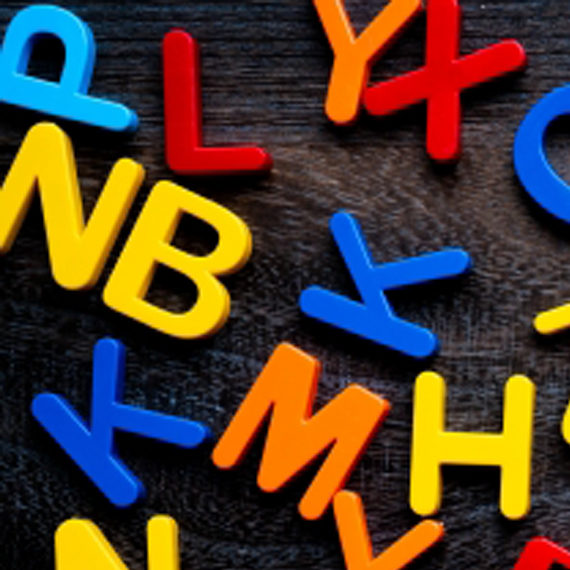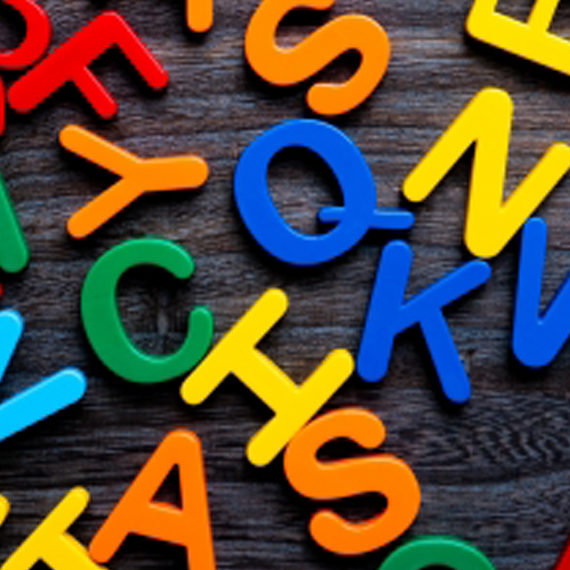プログラム概要

WORDBEATプログラム概要




ワードビート 自然な英語を学ぼう
日本人は通常、学生時代に少なくとも6年間は英語の勉強をしています。 しかし、ほとんどの人が実際に英語を話すことが出来ません。 それはなぜでしょうか?
スティーブン・クラッシェン博士をはじめ、多くの優れた言語学者や多言語使用者達が言うように、言語を学ぶことと言語を習得することには大きな違いがあるのです。 言語を学ぶということは、その言語について学ぶということであって、実際に使えるようになるということではありません。
英語の勉強といえば、文法のルールを本で勉強することです。 あなたは母国語をこのように学んだのでしょうか? 勿論、そんなことはありません。 私達は子供の頃、母国語の音やリズムにどっぷり浸かっていました。 大人達は、現実の状況や興味深いストーリーの中から、私達のレベルに合わせて言葉やジェスチャーを選んでくれました。 一言一句理解することが出来なくても、意味は伝わりました。 文法のルールを覚えようとすると、間違いを恐れるあまりに上達を妨げることになります。 それよりも、間違いは学習の一部と考えれば良いのです。
言語は、コミュニケーションです。 形よりもメッセージが大切なのです。 私達の体内には、心臓や腎臓が自分の仕事をする方法を知っているように、言語を学ぶ方法を知っている部分が存在しているそうです。 なので、私達はその機能を妨げるのではなく、働かせるようにしなければなりません。 文法のルールをすべてマスターしてから何かを言おうとするのではなく、まずは言葉を使うことが私達の正しい学習方法なのです。
英語は世界で最も使われている言語です。あなたがそれを学びたくないのなら構いません。 しかし、学びたい日本人のために、知っておいた方が良いことがあります。
1. ほとんどの日本人は、今すぐにでも会話ができるくらいの英語力をすでに持っています。 正しい姿勢と意欲があれば、話せるのです。
2. 英語には、日本人には聞き取りや発音しにくい音があります。しかし、それも練習すれば改善されますし、通じれば完璧である必要はありません。 世界のほとんどの英語話者はネイティブスピーカーではありません。
ここでは、英会話のための大切な心構えを紹介します。
1. 相手の言っていることがわからないときは、何度も何度も聞く。
2. 相手の言っていることが何となくわかったら、想像するだけでなく確認する。
3. 理解できない場合は、相手にゆっくり繰り返してもらったり、別の方法で説明してもらったりする。
この時点で、すでに会話は成立しています。このようなステップの積み重ねで、どんどん覚えていくのですが、まずは最初の一歩を踏み出さなければなりません。
効果的なプログラムは、初めて英語に触れる子供と既に日本の学校制度で英語を学んだ成人との経験の差を考慮した上で、理解しやすく魅力的なストーリーを、英語の音とリズムを感じながら充分インプットします。 そして、ストレスが少なくサポートし合える環境の中でどんどんアウトプットをしていきます。 間違いは学習のための大切なツールとなります。 これが、ワードビートメソッドです。
「英語が話せたらいいのに......」と思いつつも話せない人は、間違った思い込みを捨てて、今日から話し始めましょう。
英会話の習得は、きっと、あなたの世界を広げてくれます。




Word-Beat Learn Natural English!
Learning a new language is rarely easy or completely successful. The native speaker of a language has already heard thousands of hours of their first language before the age of five. The student of a second language could reach old age before getting that much exposure from a weekly class.
Children are the natural masters of language learning. The child does not begin by analyzing grammar. He or she is absorbing the sounds and patterns directly through hearing. The child develops a sensitive ear for the language, associating those sounds to situations and visual experience.
Students taught a second language through books are usually not prepared for the sounds and pace of native speakers. For that, practical skills in hearing and articulating natural speech are needed. They are usually the last skills mastered in classrooms, but the first skills learned naturally in life. With those skills, lessons in writing and grammar will be more meaningful for the student.
But how can a student gain those practical skills without the advantage of all the repetitive experience a native naturally receives? Trying to concentrate the needed repetition into limited class time can be boring and learning suffers. Is there a way to turn repetitive drills into the most enjoyable and effective part of a lesson, one that engages the student’s attention and supercharges memory? Yes, there is, and it has worked for thousands of years!
Language ordered into rhythm and rhyme—the “music” of words—has always been used by ancient storytellers to remember the epic legends and narratives of a culture. They were preserved in memory, before the invention of writing, and transmitted through the ages.
Rhythm is a fundamental feature of art and life, one we all relate to. Since rhythmic percussion is the very art of repetition, our method uses it to make repetition enjoyable and to drive the natural patterns of English deep into ear and memory. The organization of rhythm concentrates the effectiveness of lessons.
There are two ways to use rhythm with language. The first is to put words to pre-existing music, as songwriters often do. The other is to identify and draw out the rhythms already contained within the patterns of natural speech. Since English words have natural stress accents, the word combinations of everyday phrases will have their own rhythms. In this way, rhythms are not applied to phrases like abstract templates; they are the very rhythms of the phrases being learned, as it should be in a language class.
The naturalness of a speaker’s use of language is very dependent on their feeling for the rhythm of the language. This is often overlooked in language classes. We pull those rhythms out of everyday practical sentences for special attention and practice. Over the course of a lesson, we gradually work our way back to natural speech, without percussion. What remains in the student is a natural feeling for these rhythms, and for the soul of the language itself.
David Arzouman
August 10, 2020
